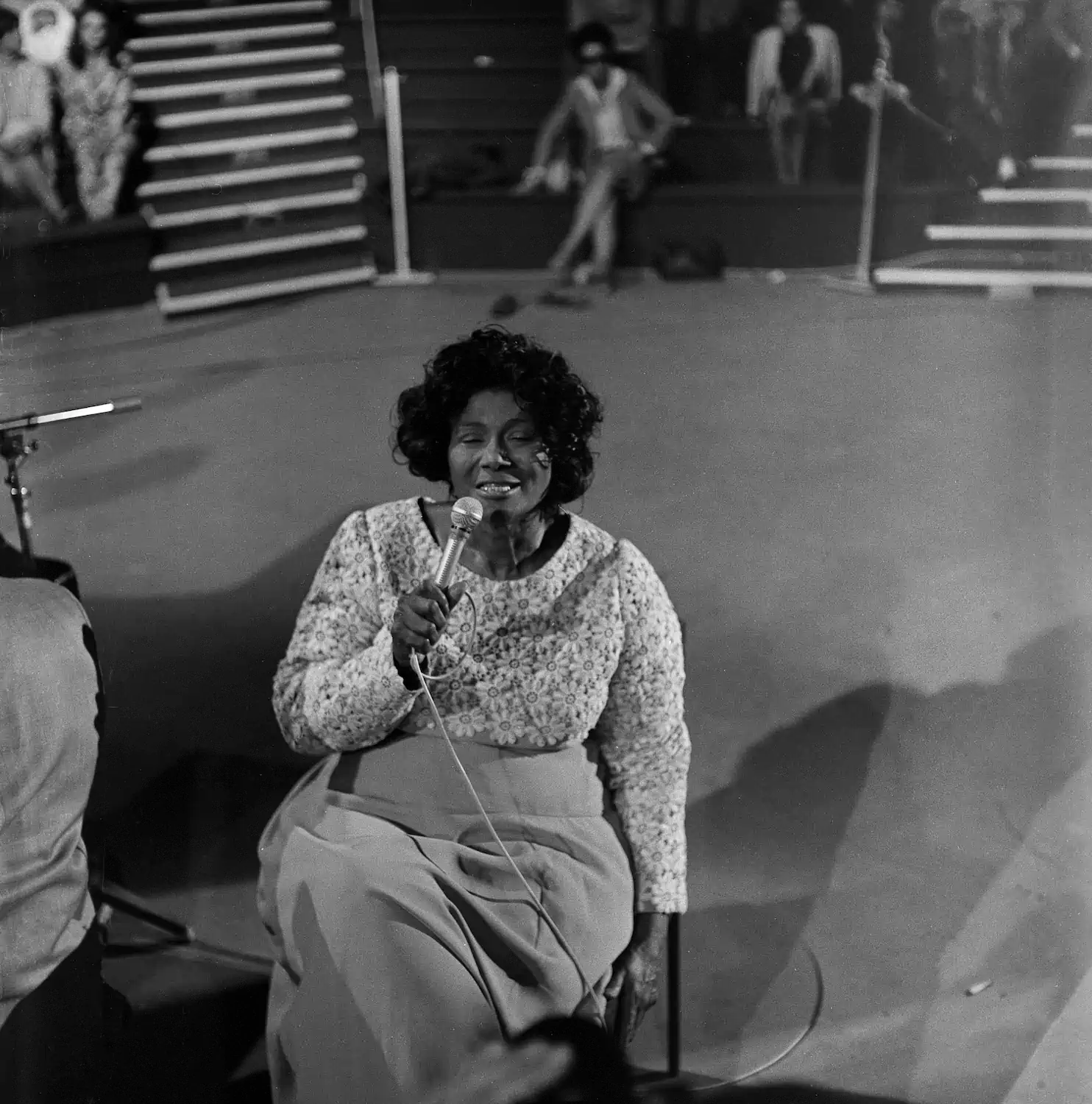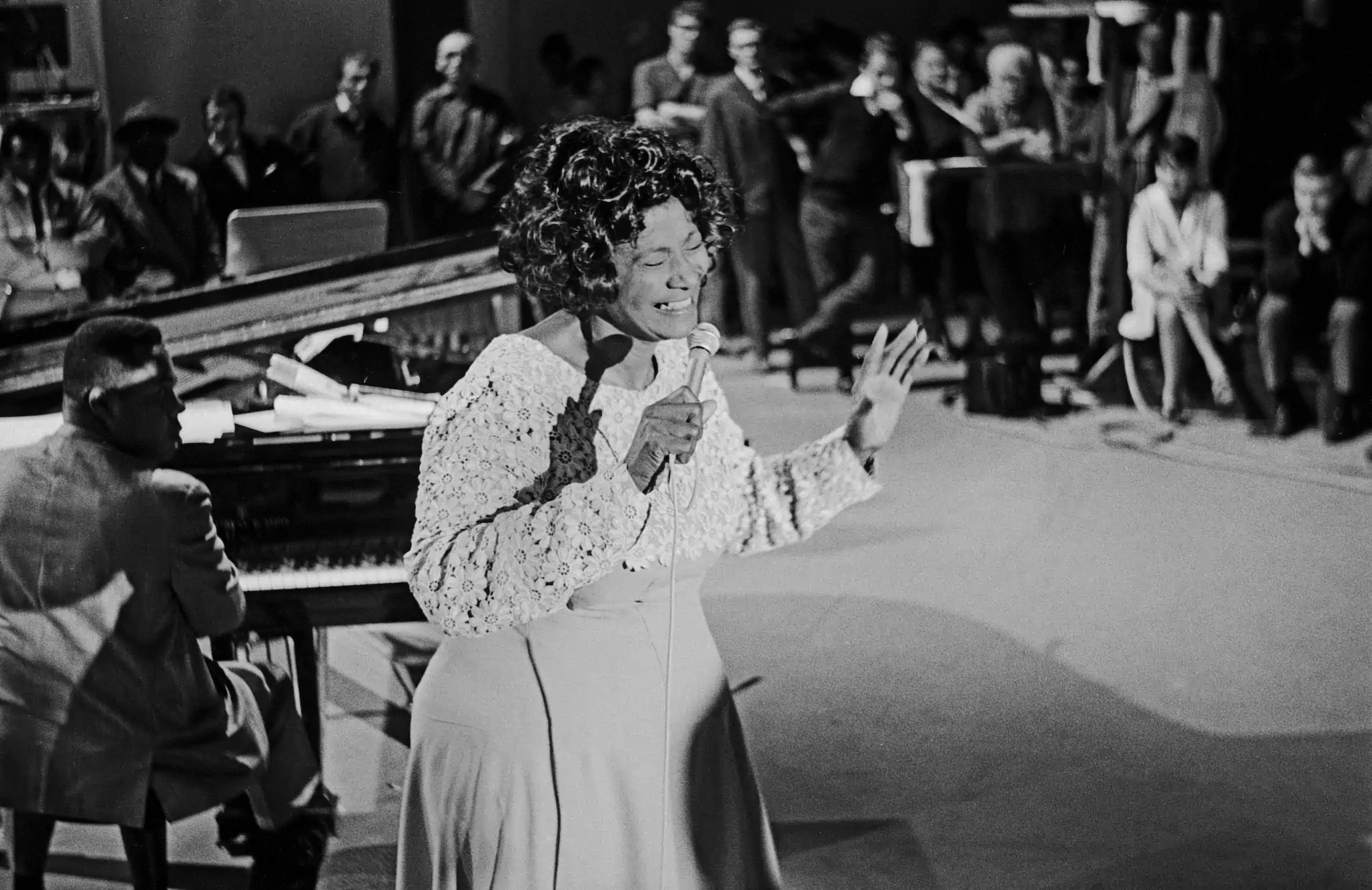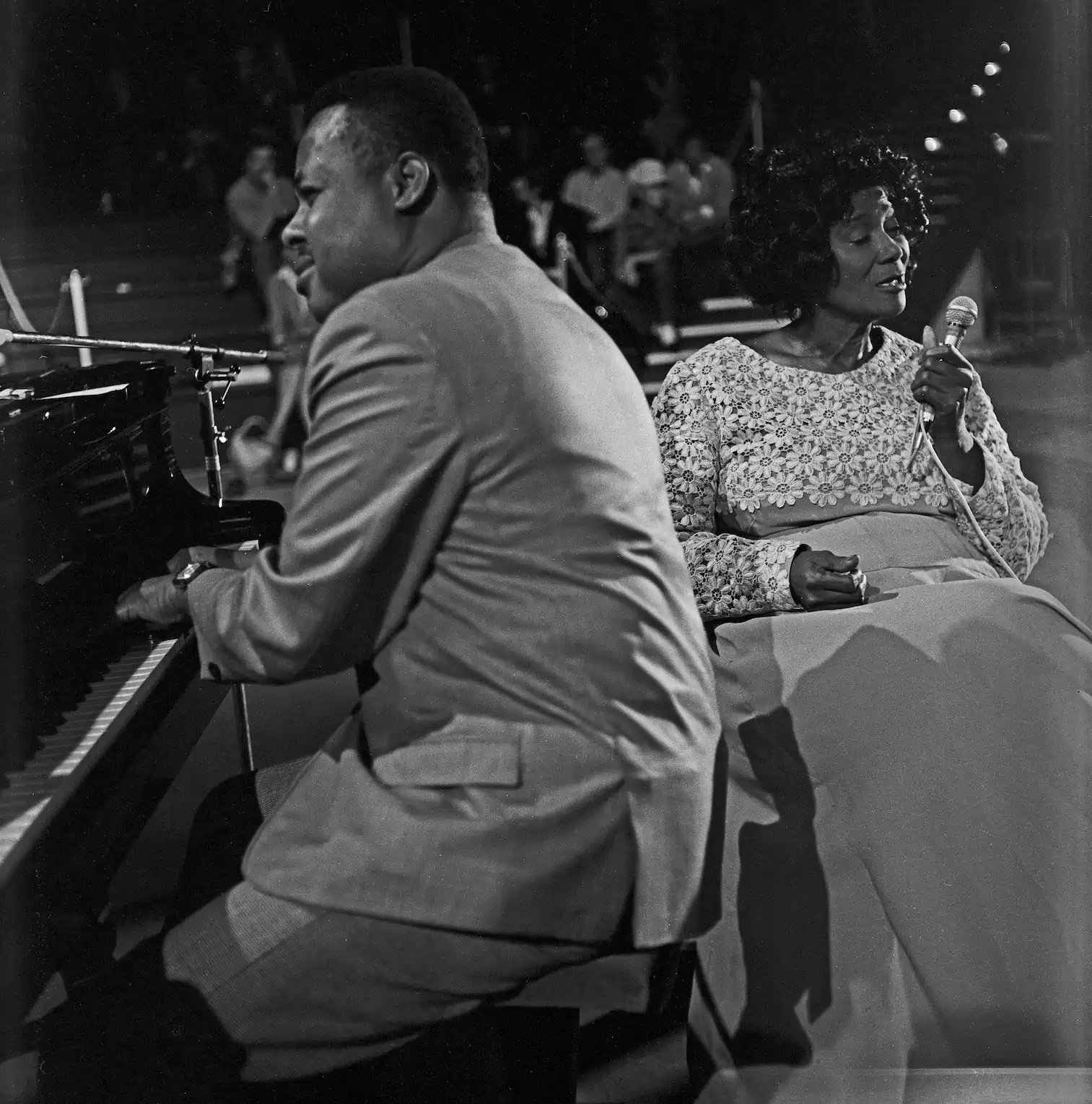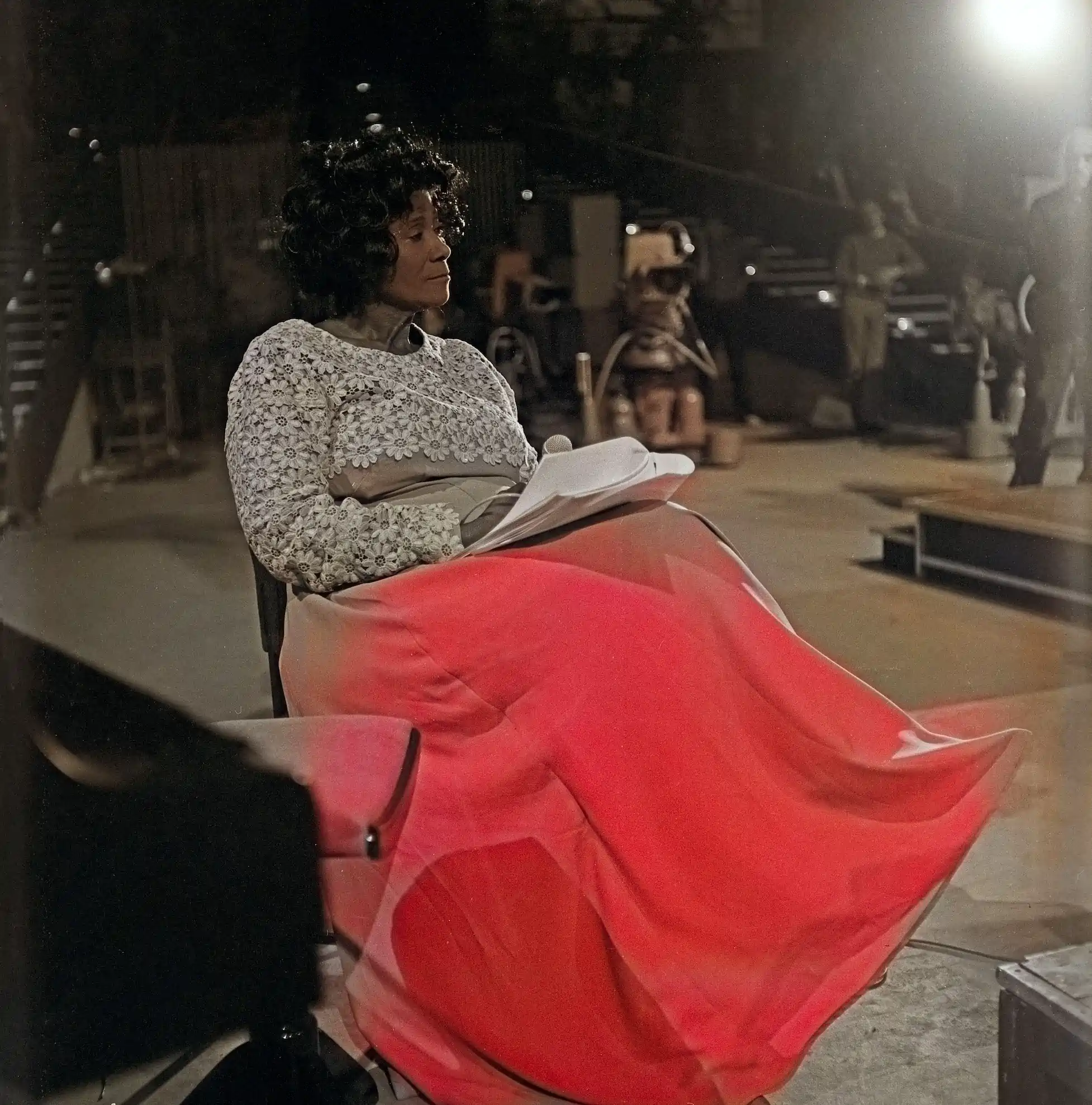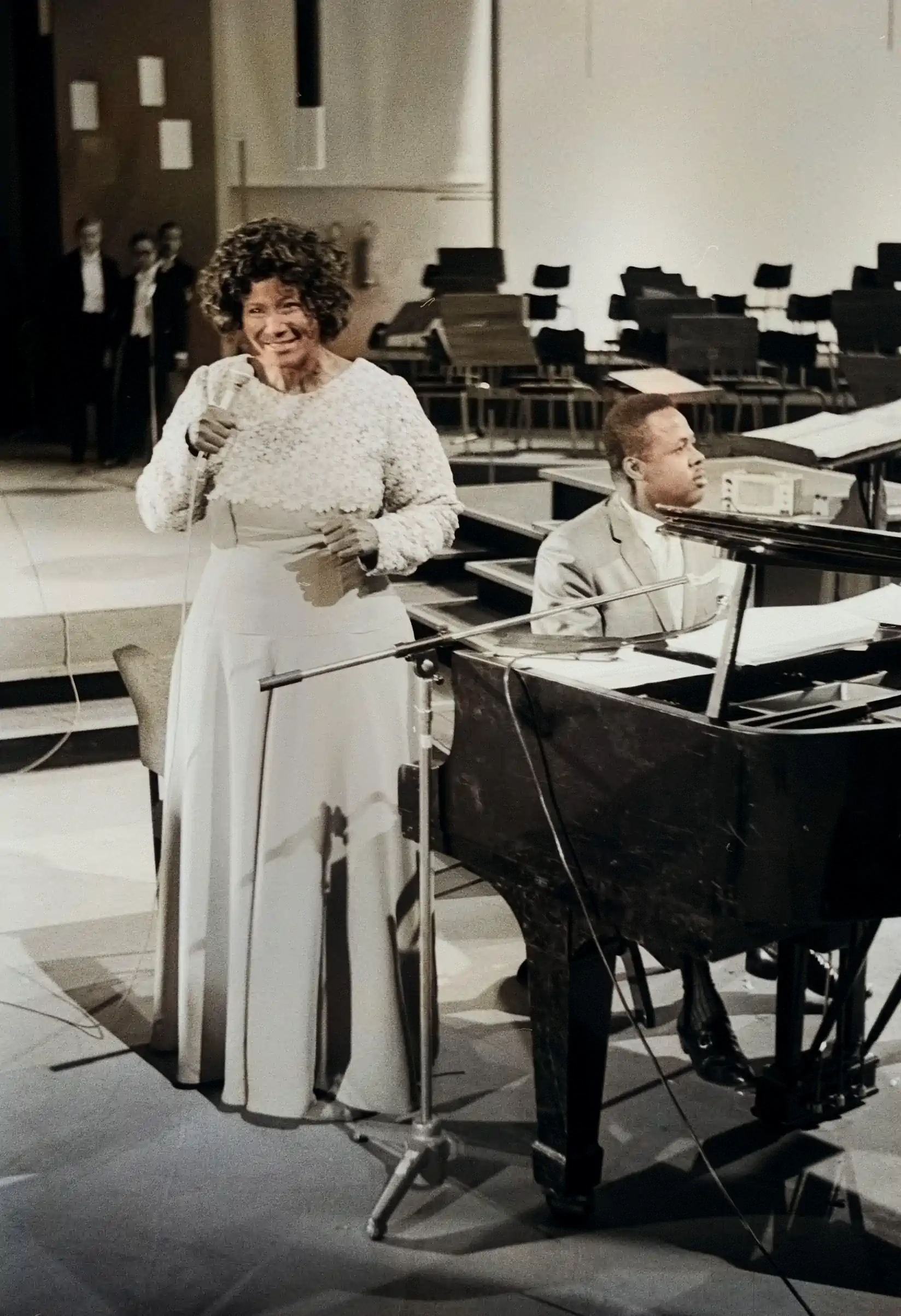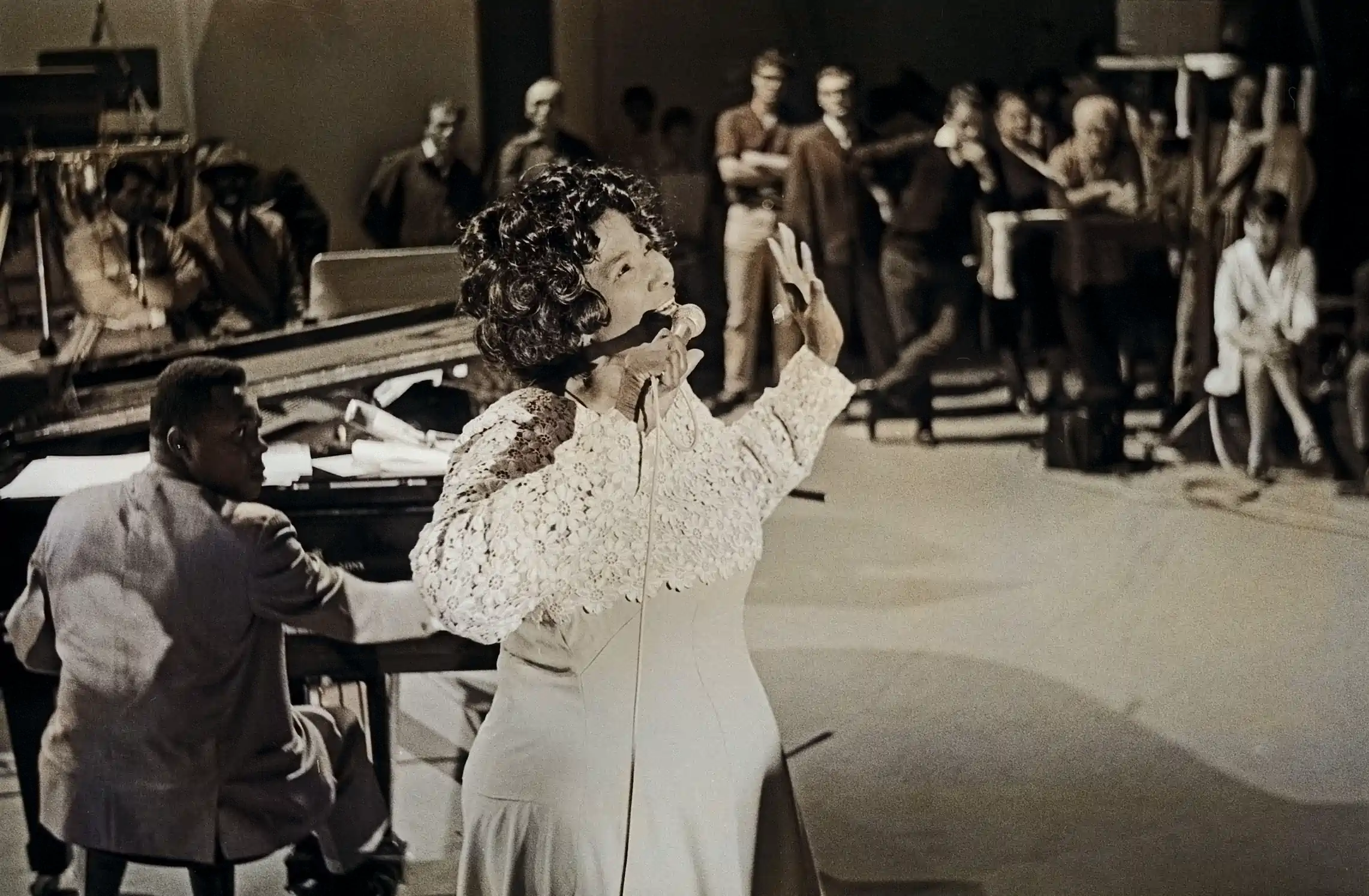The symbolic starting signal
At 9:30 a.m., the then Vice Chancellor and Foreign Minister Willy Brandt pressed a symbolic "red button" that was supposed to release the color signal. A minor faux pas caused some amusement: a nervous technician apparently activated the color image seconds before the official button was pressed, and the button itself was only a dummy. However, this did not detract from the significance of the moment.
The first color broadcasts
ZDF was the first broadcaster to air a color show on August 25, 1967, at 8:00 p.m.: "Der goldene Schuss" (The Golden Shot) with Vico Torriani. ARD followed suit one day later, on August 26, 1967, with a program on the World's Fair in Montreal and the "Gala-Abend der Schallplatte" (Record Gala Evening).
Gala evening of the Vinyl record
Historic TV event with Mahalia Jackson
The "Gala Evening of the Record" was the central ARD event for the introduction of color television and a glamorous spectacle that impressively showcased the possibilities of the new technology. Broadcast on August 26, 1967, this gala evening was the first major Eurovision program to be produced in color. The popular married couple Vivi Bach and Dietmar Schönherr charmingly hosted the evening and welcomed viewers in several languages – a necessity, as the program was broadcast in 14 European countries, albeit still in black and white in many of them.
A team full of stars
The show featured an impressive lineup of national and international artists:
Hildegard Knef mit "Eins und Eins das macht Zwei"
Freddy Quinn & Bert Kaempfert mit "Junge komm bald wieder" und "Morgen beginnt die Welt"
Esther & Abi Ofarim, die den Bee Gees-Song "Morning Of My Life" performten
Peggy March mit "Romeo und Julia"
Bobby Solo mit "Una Lacrima"
Das Golden Gate Quartett
Nina Simone
Gitte Haenning
Peter Beil
Nina Lizell
Pamela Devis Ballett
The Southwest Radio Orchestra provided the musical accompaniment and opened the show.
A historic appearance
Mahalia Jackson in Berlin
Mahalia Jackson's concert in Berlin on August 26, 1967 coincided exactly with the launch of ARD color television and the "Gala Evening of the Record."
Mahalia Jackson had planned a European tour in the fall of 1967, which began in Frankfurt and included Berlin as one of her stops. Although gospel music was less well known in Europe at the time, she was received with enthusiasm. Her performance in Berlin, organized by Columbia/CBS Records to celebrate the launch of German color television, was meticulously prepared. Rehearsals for the television broadcast, known as the "Galaabend der Schallplatte" (Record Gala Evening), began on August 22, 1967. Although Mahalia's contribution to the program was relatively short, lasting only six minutes plus the finale, the preparation required a full four days of work. Her presence in Berlin at this historic moment underscored the international significance of the event and the cultural appeal of the artist. Photos from image archives confirm her presence at a concert in Berlin in connection with the introduction of color television on that day.
Significance and impact of the gala
The "Gala Evening of the Record" was not only an entertainment show, but also a technical masterpiece and proof of the possibilities of color television. As a Eurovision broadcast that was transmitted to numerous European countries, it highlighted the international significance of this technological step for Germany. Since color televisions were extremely expensive at the time, costing an average of 2,400 DM, only a few households (about 0.2% of TV viewers in Europe) were actually able to enjoy the show in color. For most, it remained a black-and-white experience. The popularity of the program even led to the release of a long-playing record of the same name.
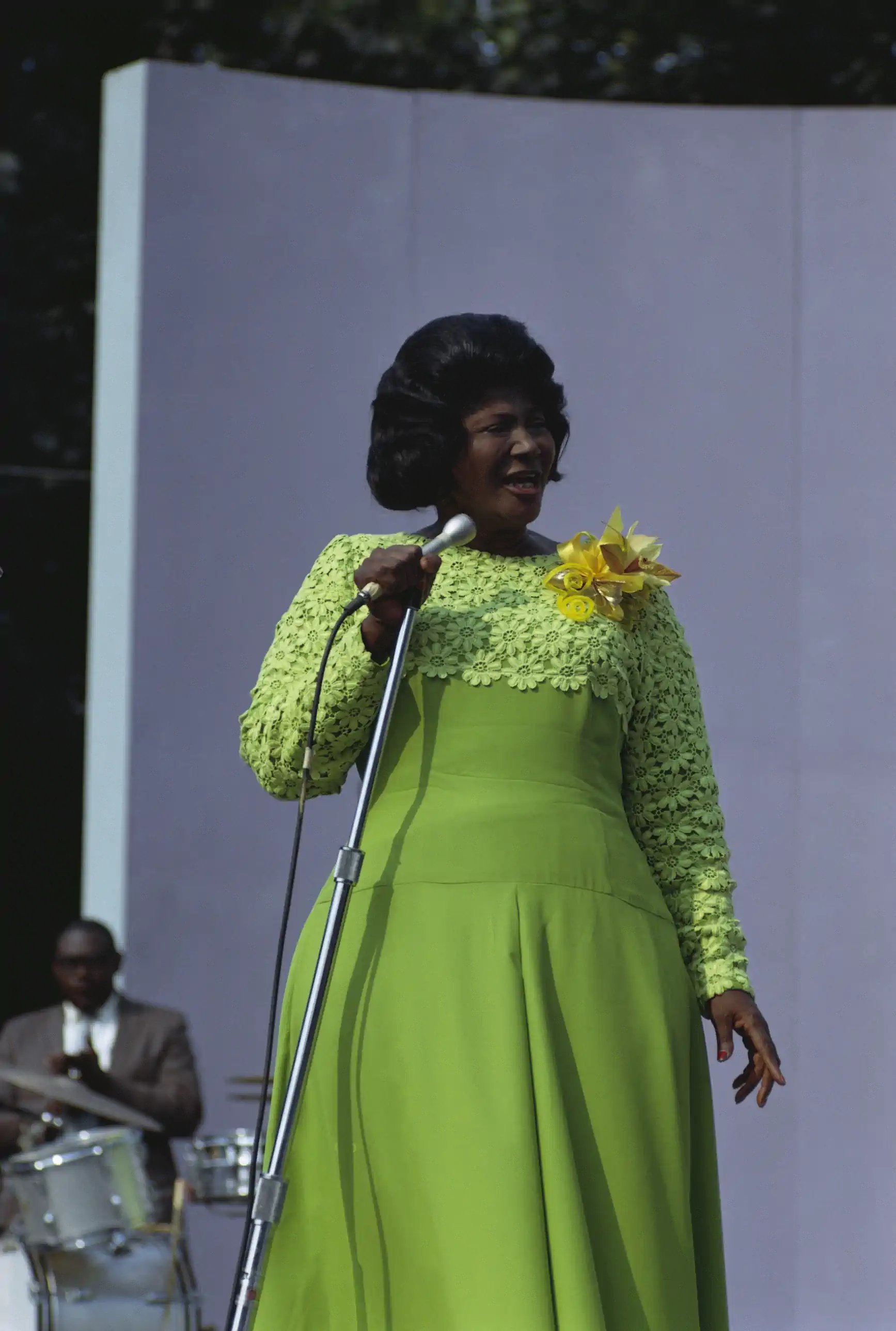
© Helmut Reiss/United Archives GmbH/Alamy Mahalia Jackson's performance in color!
Technical details and spread of color television
When introducing color television, Germany opted for the PAL (Phase Alternating Line) system developed by Telefunken engineer Walter Bruch, which was a further development of the American NTSC system and avoided its technical weaknesses. The GDR, on the other hand, did not introduce color television until October 3, 1969, with the launch of the second channel of the German Television Broadcasting Network (DFF) and the opening of the Berlin TV Tower, using the French SECAM system.
Long before the official launch, ARD and ZDF broadcast color test programs. Nevertheless, the proportion of color broadcasts in regular programming was low at first, and color images were specially announced in TV guides. It was not until the late 1970s that color TV sets became standard equipment in German living rooms. Major sporting events such as the 1972 Summer Olympics in Munich and the 1974 World Cup played a decisive role in the spread of color television.
Mahalia Jackson's health challenges
In 1967, Mahalia Jackson's health was in a very poor state during her European tour and her television appearance in Berlin.
The tour had to be canceled due to her illness, which was described by the media as a heart attack. However, the Berlin hospital stated that her illness was due to stress, exhaustion, and previous ailments. Mahalia spent two weeks in a Berlin hospital and was eventually flown back to Chicago by military transport.
Her health problems were part of a long battle with sarcoidosis, which was diagnosed in 1952 and affected her lymph glands, heart, and lungs. Doctors also suspected psychosomatic causes for her symptoms, which were exacerbated by the stress of her career. Despite symptoms such as heart palpitations, shortness of breath, exhaustion, cramps, and stomach problems, Mahalia Jackson continued to take medications such as prednisone. Despite these enormous challenges, she was always determined to perform and always gave 150% on stage, even if her body had to pay for it the next day.
The introduction of color television in Germany was a groundbreaking event that had a lasting impact on the media landscape and paved the way for a new visual era. It was a technical triumph accompanied by a glamorous gala that impressively showcased the possibilities of the new medium.
©Thilo Plaesser
Mahalia Jackson rehearsing for the "Gala der Schallplatte" (Record Gala) with Edward Robinson at the piano. Berlin, Germany, August 1967.
